What Is Hard Turning? Techniques, Benefits, and Applications
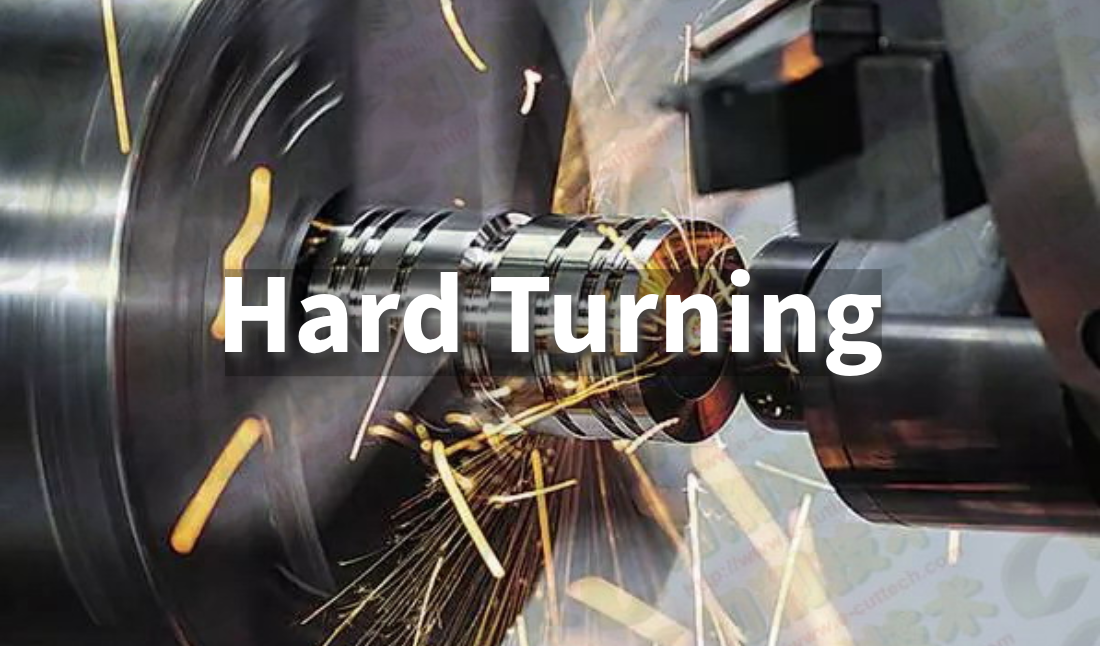
Hard turning is a precision machining technique for tough materials. Learn about its benefits, tools, and real-world applications.
Introduction
Understanding Hard Turning
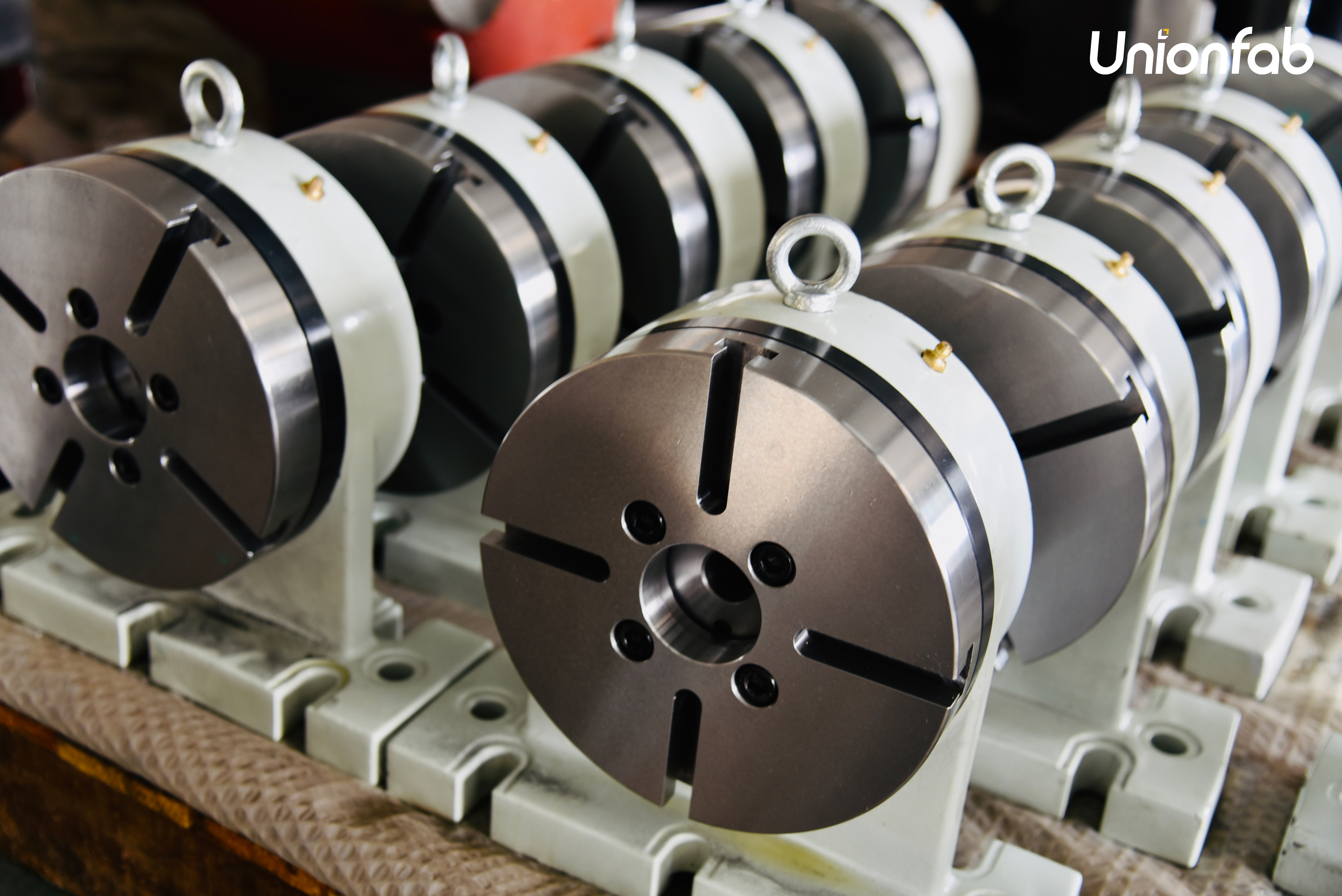
Source: Unionfab
Hard turning is a specialized machining process that involves the cutting of hardened materials, typically those with a hardness level above 45 HRC (Rockwell hardness).
Unlike conventional turning, which is usually performed on softer materials, hard turning is specifically designed to handle tough, hardened parts that would normally require grinding. This makes it particularly valuable in precision engineering and manufacturing applications.
Importance in Precision Machining
Hard turning plays a crucial role in precision machining. It allows manufacturers to achieve high-quality finishes and tight tolerances, which are necessary for many components in industries like automotive, aerospace, and tooling.
This process provides a more efficient alternative to grinding by reducing machining time and combining multiple steps into one, which helps in saving both time and resources.
What Is Hard Turning?
Hard Turning Process
Steps of the Hard Turning Process:
1. Prepare the Workpiece:
Start with a hardened workpiece, typically made of steel or other tough materials. These are often heat-treated to achieve the desired hardness.
2. Set Up the Lathe:
Mount the workpiece securely on a lathe. Ensure the lathe is calibrated for precise operation.
3. Choose the Cutting Tool:
Select a cutting tool made from extremely hard materials like cubic boron nitride (CBN). This ensures the tool can handle high temperatures and forces during the cutting process.
4. Material Removal:
Use the single-point cutting tool to remove material from the workpiece. The tool moves along the surface to shape the part to precise dimensions.
5. Precision and Surface Finish:
Continue machining until the desired dimensions and surface quality are achieved. The process can produce results similar to grinding.
6. Inspect the Finished Part:
Measure the part to confirm precision and check the surface finish to ensure it meets quality standards.
Tools and Equipment Used
Hard turning requires specialized tools and equipment to handle the demands of machining hardened materials:
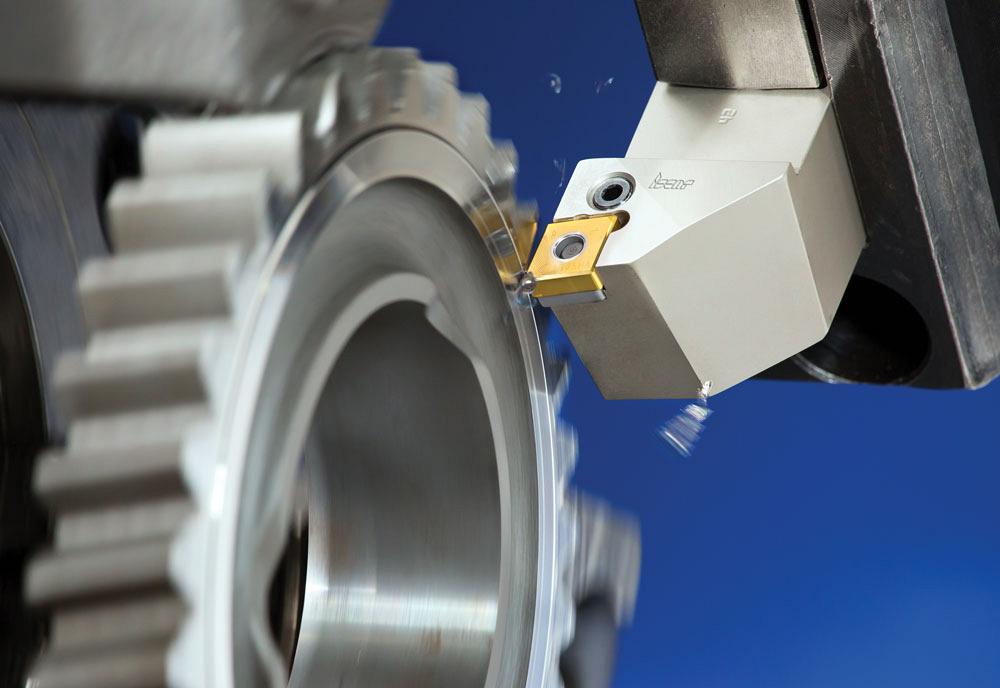
Source: Unionfab
CBN Inserts: Cubic boron nitride (CBN) inserts are the most commonly used cutting tools for hard turning. CBN is one of the hardest materials available, second only to diamond, making it ideal for cutting hardened steel and other tough materials.
Lathes: Hard turning is performed on high-rigidity lathes that are capable of maintaining precision under high cutting forces. These lathes need to be equipped with advanced control systems to ensure accuracy and repeatability.
High Precision Spindles: The lathe must have a high-precision spindle to minimize vibrations, which is crucial for achieving the desired surface finish and dimensional accuracy.
Key Differences from Conventional Turning
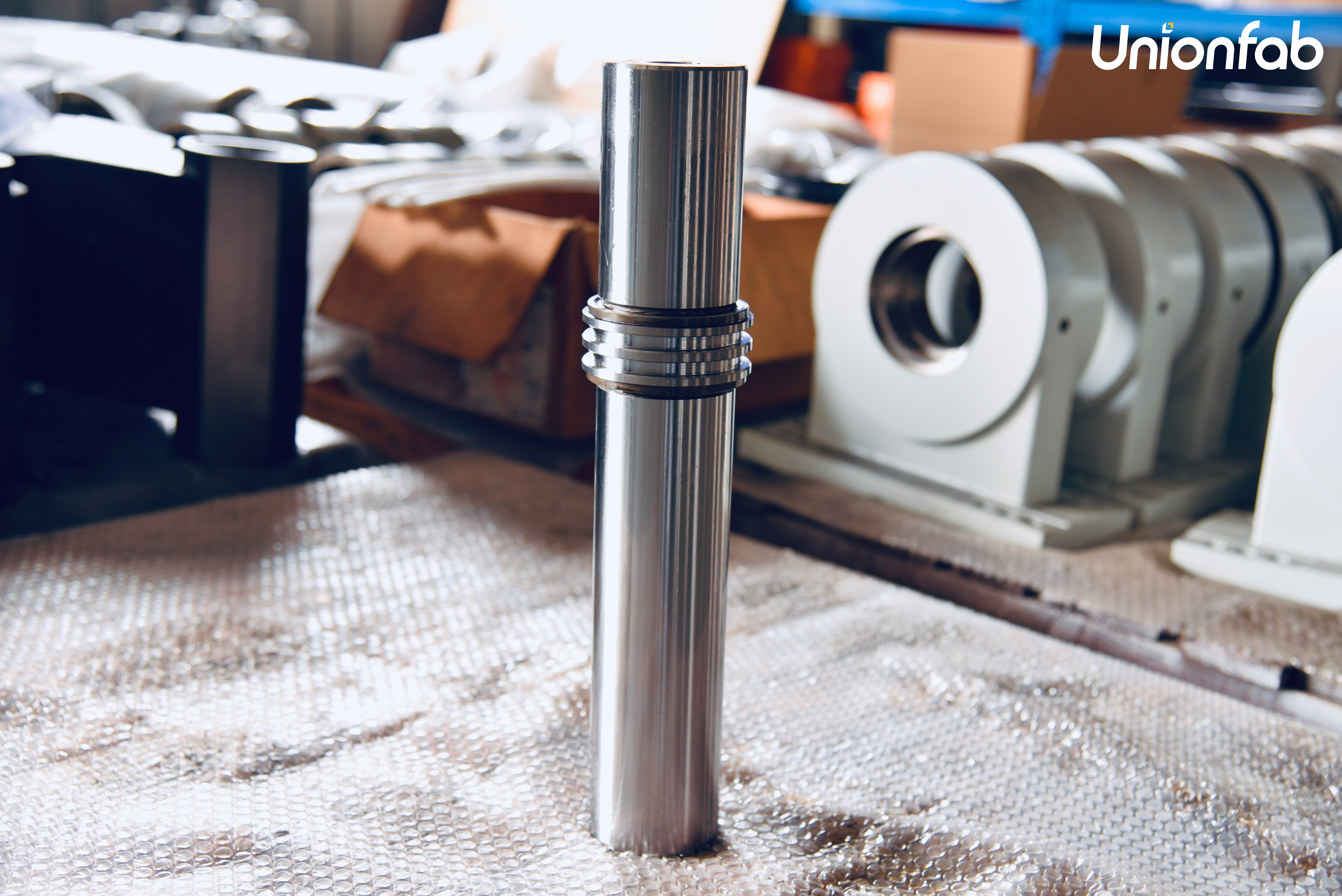
Source: Unionfab
Material Hardness: Conventional turning is typically used for softer materials, whereas hard turning is specifically for materials with a hardness above 45 HRC.
Cutting Tools: Conventional turning often uses carbide or high-speed steel tools, while hard turning requires the use of CBN inserts due to the hardness of the materials being machined.
Surface Finish and Tolerance: Hard turning can achieve a surface finish and tolerance comparable to grinding, which is not usually possible with conventional turning. This makes hard turning suitable for producing precision components without the need for secondary grinding operations.
Advantages of Hard Turning
Cost-Effectiveness Compared to Grinding
Hard turning can significantly reduce production costs compared to traditional grinding. It allows manufacturers to combine multiple machining steps into a single process, which reduces the need for multiple machines and setups.
High Precision and Surface Finish
Hard turning is capable of achieving high levels of precision and a fine surface finish, often comparable to that obtained through grinding. With the use of advanced CBN cutting tools, manufacturers can achieve tight tolerances and a smooth surface finish, which is crucial for many high-performance components.
Reduced Machining Steps
One of the key advantages of hard turning is its ability to reduce the number of machining steps required. Unlike traditional processes that may involve multiple stages, such as rough machining followed by grinding, hard turning can often complete the entire process in a single operation. This not only saves time but also improves overall efficiency.
Environmental Benefits (Less Coolant Usage)
Hard turning typically requires less coolant compared to grinding, which makes it more environmentally friendly. Grinding operations often require large amounts of coolant to prevent overheating, while hard turning can be performed with minimal or even no coolant. This reduction in coolant usage helps lower environmental impact and reduces the costs associated with coolant disposal.
Applications of Hard Turning
Industries Using Hard Turning
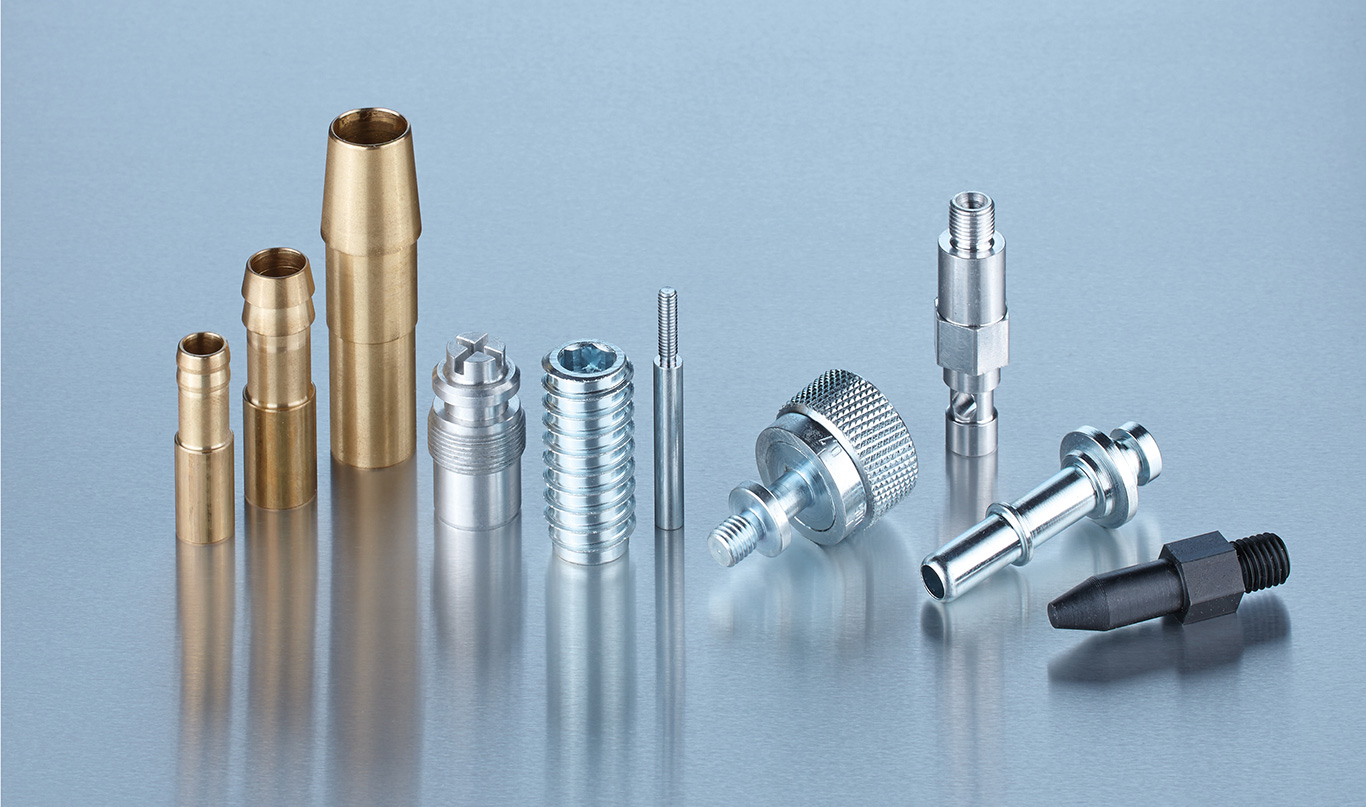
Source: wwr-gmbh.de
Hard turning is widely used in several industries that require precision machining of hardened components. Key industries include:
Automotive: Hard turning is used to manufacture parts such as gears, shafts, and bearings that require high precision and durability.
Aerospace: In the aerospace industry, hard turning is used to produce high-strength components that must withstand extreme conditions.
Tooling: The tooling industry benefits from hard turning for making hardened tools and dies with tight tolerances and excellent surface quality.
Common Components Machined
Hard turning is suitable for machining a variety of components that are typically made from hardened materials, including:
Shafts: Hard turning is often used to produce shafts with precise dimensions and surface finishes.
Bearings: Bearings, which require high accuracy and smooth surfaces, are commonly machined using hard turning.
Gears: Hard turning is used to produce gears that need to meet strict tolerances for smooth operation and durability.
Dies and Tools: The process is also applied to create hardened dies and cutting tools, which require a combination of strength and precision.
Hard Turning vs Grinding
Performance Comparison (Accuracy, Cost, Efficiency)
Hard turning and grinding are both used to achieve high precision in machining, but they differ in several key aspects:
Accuracy: Grinding is generally known for achieving extremely high accuracy and surface finish. However, with advancements in tooling, hard turning can achieve comparable precision, particularly for components with simpler geometries.
Cost: Hard turning is often more cost-effective than grinding. It reduces the need for multiple machines and can complete the machining in a single setup, thereby lowering labor and equipment costs. Grinding, on the other hand, requires more specialized equipment and multiple stages, which increases costs.
Efficiency: Hard turning is more efficient for certain components, as it can combine several machining steps into one. Grinding typically requires multiple steps and longer cycle times, making it less efficient for some applications.
Situations Where Hard Turning Is Preferred
Hard turning is preferred in situations where cost and efficiency are major considerations, especially for parts that do not have extremely complex geometries. It is ideal for:
Producing Components in Smaller Batches: Hard turning is well-suited for smaller production runs where flexibility and reduced setup time are important.
Components with Simple Geometries: Hard turning is effective for parts with straightforward shapes, where the required precision can be achieved without the need for grinding.
Reducing Machining Steps: When multiple steps can be eliminated by using a single machine, hard turning becomes the preferred choice, reducing both time and cost.
Challenges and Limitations
While hard turning offers many advantages, it also comes with certain challenges and limitations:
Tool Wear: The cutting tools used in hard turning, particularly CBN inserts, can experience significant wear when machining very hard materials, leading to higher tooling costs.
Heat Generation: Hard turning generates a substantial amount of heat, which can affect surface quality and dimensional accuracy if not properly managed.
Surface Finish Limitations: Although hard turning can achieve a surface finish comparable to grinding, it may not always reach the same level of smoothness, particularly for highly complex parts that require extremely fine tolerances.
Tools and Techniques for Hard Turning
Materials Used for Cutting Tools
Hard turning requires specialized cutting tools that can withstand the high temperatures and forces involved in machining hardened materials. The primary materials used for cutting tools include:
Cubic Boron Nitride (CBN): CBN is one of the hardest materials available and is commonly used for cutting hardened steels. It offers excellent wear resistance and heat stability, making it ideal for hard turning applications.
Ceramics: Ceramic cutting tools are also used for hard turning due to their high hardness and ability to maintain cutting performance at elevated temperatures. Ceramics are particularly useful for cutting cast iron and hardened steel.
Machine Requirements
To achieve the desired precision and surface finish in hard turning, specific machine requirements must be met:
Rigidity: The machine must have a high level of rigidity to withstand the forces generated during hard turning. Any movement or vibration can negatively impact the accuracy and surface quality of the machined part.
Vibration Control: Vibration control is crucial in hard turning to ensure precision. Machines used for hard turning are often equipped with damping systems and high-precision spindles to minimize vibrations during the machining process.
Precision Control Systems: Advanced control systems are required to maintain tight tolerances and ensure repeatability in hard turning operations.
Tips for Optimizing Hard Turning Operations
To maximize the efficiency and effectiveness of hard turning, several best practices should be followed:
Use High-Quality Cutting Tools: Using high-quality CBN or ceramic inserts helps maintain tool life and achieve the desired surface finish.
Optimize Cutting Parameters: Proper selection of cutting speed, feed rate, and depth of cut is essential for minimizing tool wear and achieving optimal machining performance.
Ensure Proper Machine Setup: The machine should be properly aligned and calibrated to minimize errors during the machining process. Ensuring that the workpiece is securely clamped can also help reduce vibrations and improve accuracy.
Tool Cooling and Lubrication: Although hard turning can often be performed with minimal coolant, using appropriate cooling or lubrication can help extend tool life and improve surface quality, particularly for difficult-to-machine materials.
Challenges and Solutions in Hard Turning
Common Challenges
Hard turning presents several challenges that can affect the quality of the finished product and the overall efficiency of the process:
Tool Wear: Cutting tools, particularly CBN inserts, can wear out quickly due to the high hardness of the materials being machined. This leads to frequent tool changes, increasing downtime and costs.
Heat Generation: The high cutting forces involved in hard turning generate a significant amount of heat, which can affect tool life, surface quality, and dimensional accuracy. Proper heat management is crucial to avoid thermal damage to the workpiece.
Surface Quality: Achieving the desired surface finish can be challenging, especially when dealing with complex geometries or highly hardened materials. Surface imperfections may occur if the cutting conditions are not optimal.
Solutions and Advancements in Tooling Technology
To address these challenges, several solutions and advancements in tooling technology have been developed:
Advanced Tool Coatings: Applying advanced coatings to cutting tools, such as titanium nitride (TiN) or aluminum oxide (Al2O3), can enhance tool wear resistance and improve heat dissipation, extending tool life.
Optimized Cutting Parameters: Adjusting cutting parameters such as cutting speed, feed rate, and depth of cut can help minimize tool wear and manage heat generation. Using lower cutting speeds can reduce heat buildup, while optimizing the feed rate can improve surface finish.
High-Performance Coolants: Using high-performance coolants or lubricants can help manage heat generation and reduce friction between the cutting tool and the workpiece. In some cases, minimum quantity lubrication (MQL) can be used to effectively cool the cutting zone while minimizing environmental impact.
Tool Geometry Improvements: Advances in tool geometry, such as improved edge preparation and chip breakers, can enhance cutting performance and reduce cutting forces. This helps in minimizing tool wear and improving surface quality.
Adaptive Control Systems: Modern lathes equipped with adaptive control systems can monitor cutting conditions in real time and adjust parameters automatically to optimize the machining process. This helps in maintaining consistent quality and reducing tool wear.
Conclusion
Hard turning is a valuable machining process that allows manufacturers to efficiently machine hardened materials, achieving high precision and excellent surface finishes. It serves as an effective alternative to grinding, offering benefits such as reduced machining steps, lower production costs, and environmental advantages due to minimal coolant usage.
While hard turning presents challenges like tool wear and heat generation, advancements in tooling technology and optimized cutting parameters have made it a reliable solution for many industries. Its applications span various sectors, including automotive, aerospace, and tooling, where precision and efficiency are paramount. By leveraging the appropriate tools, techniques, and best practices, manufacturers can maximize the benefits of hard turning in modern production environments.
Unionfab: Your Partner in Precision Machining
Are you looking for a reliable partner for your precision machining needs? Unionfab offers advanced hard turning solutions to help you achieve high-quality results, reduce costs, and improve efficiency.
Contact us today to learn how we can support your manufacturing requirements and take your production to the next level.


